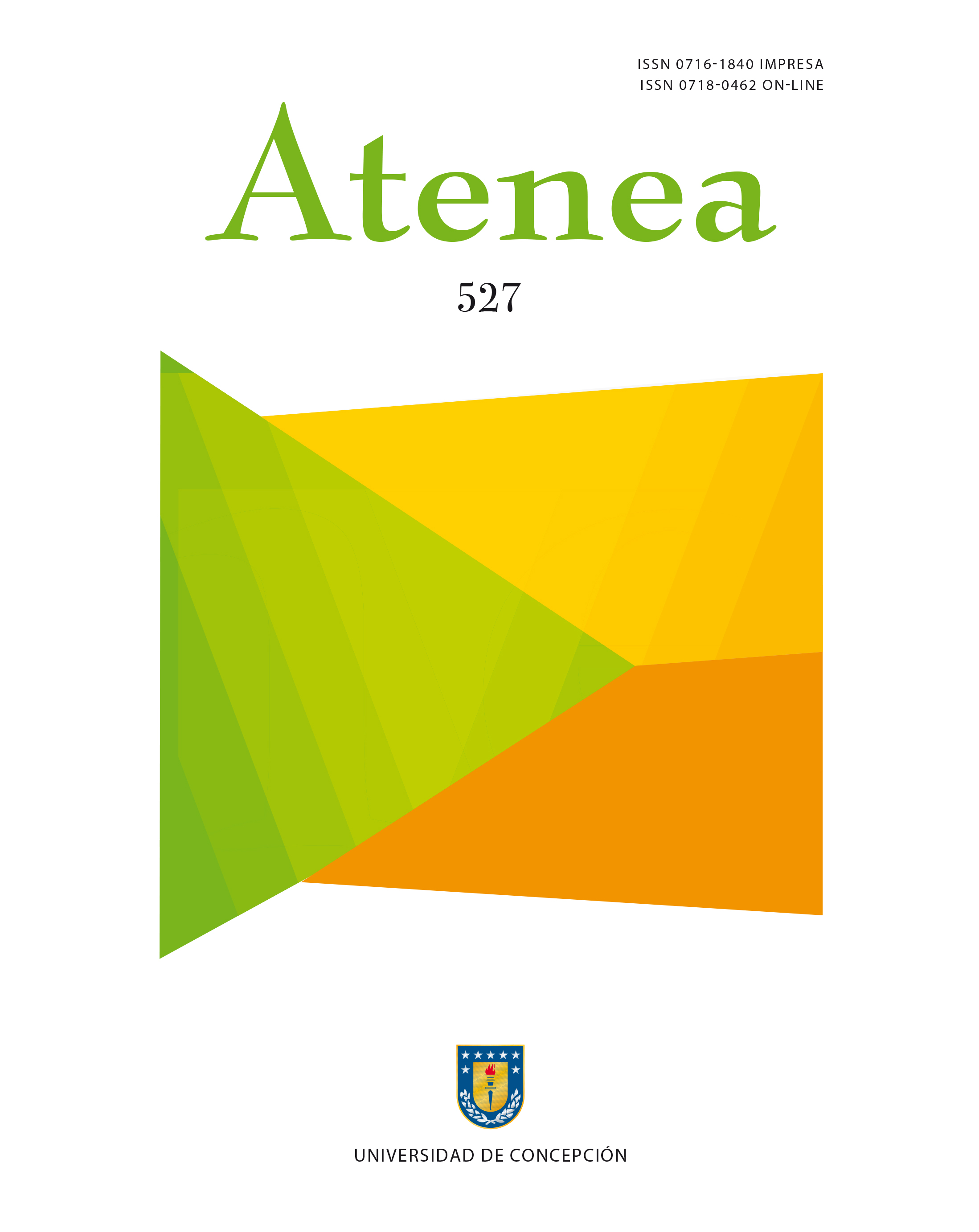Angol at La Frontera. Urban Development and Public Architecture, a Modernity on the Margin
DOI:
https://doi.org/10.29393/At527-6AEPB30006Keywords:
Angol, Araucanía, Architecture, History, UrbanismAbstract
La Frontera, the Mapuche territory located between the Biobío and Las Cruces rivers, was occupied by the Chilean State between 1861 and 1883. Th is occupation, based on the use of these lands for agroforestry and mineral exploitation, with the resulting forced displacement of the Mapuche people, led to the creation or reconstruction of cities as a spatial strategy of dominion. Within this framework, Angol was reconstructed for the seventh time, revealing the historical importance of its location, in military and political terms, which foretold an urban installation of sustained development. However, despite this initial state backing, different decisions undermined its progress, leaving a somewhat backward city until the mid-20th century. This work examines the vicissitudes that safeguarded the execution of relevant public works raised under the modern way of thinking, as an expression of the power and presence of the State and private parties. Exceptional pieces are unveiled that contribute to the contemporary Chilean architectural story and to the formation of civic identity. The methodology includes primary sources, such as photographic archives, local newspapers, and surveys; and secondary, such as local stories. The conclusions reveal that architectural modernity was a contained, marginal and parallel process.
Downloads
Published
How to Cite
Issue
Section
Copyright (c) 2023 Pablo Fuentes Hernández, Luis Felipe Vargas Castillo, Bárbara Sáez Orrego

This work is licensed under a Creative Commons Attribution 4.0 International License.







